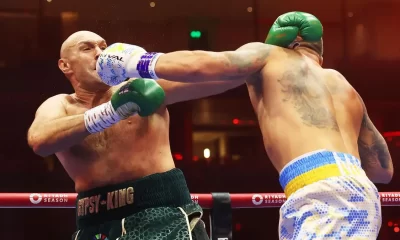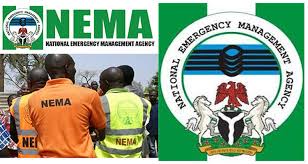Top Stories
Shinzo Abe: what we know so far about killing of former Japanese PM
Shinzo Abe: what we know so far about killing of former Japanese PM
Sixty-seven-year-old died following shooting in Nara in western Japan, and a suspect has been detained.
- Japan’s former prime minister Shinzo Abe has died after being shot while giving a speech in the western city of Nara on Friday.
- Abe appeared to be in a state of cardiac arrest when he was airlifted to hospital after the shooting. Emergency services said he had been wounded on the right side of his neck and left clavicle.
- Police arrested a 42-year-old man at the scene. He has been named as Tetsuya Yamagami, from Nara. He is a former member of the maritime self-defence force, according to Fuji TV. He reportedly left the force in 2005.
01:11
- Media reports quoted police as saying that the weapon thought to have been used in the attack was homemade. Japan’s gun-ownership restrictions do not allow private citizens to have handguns, and licensed hunters may own only rifles.
- Abe, Japan’s longest-serving prime minister, had been in Nara giving a campaign speech ahead of this Sunday’s upper house elections when he was shot. All parties suspended campaigning after the shooting.
- Japanese politicians reacted with extreme shock to the shooting. “I am incredibly shocked,” Tokyo governor Yuriko Koike told a regular news conference before Abe’s death was announced, fighting back tears and sniffling audibly. “No matter the reason, such a heinous act is absolutely unforgivable. It is an affront against democracy.”
- Japan’s prime minister, Fumio Kishida, hastily returned to Tokyo from campaign events around the country. He called the shooting “dastardly and barbaric”.
- Attacks on politicians in Japan are unusual. There have been only a handful in the last half century, most notably in 2007 when the mayor of Nagasaki was shot and killed by a gangster – an incident that resulted in still further tightening of gun regulations.
- The last time a former prime minister was killed was in 1936 during Japan’s radical prewar militarism.


 Sports17 hours ago
Sports17 hours agoOleksandr Usyk defeats Tyson Fury to tetain heavyweight title

 Politics17 hours ago
Politics17 hours agoWe Will Bury PDP, Ibori’s Daughter Blows Hot

 News17 hours ago
News17 hours agoNigerian Emergency Agency NEMA Puts All Offices On Alert Over Fatal Stampedes

 Sports17 hours ago
Sports17 hours agoCAF Made Me Believe I Won – Achraf Hakimi

 Top Stories17 hours ago
Top Stories17 hours agoEmefiele: EFCC secures final forfeiture of 1.925 hectares of landed property linked to former CBN Governor
- News5 hours ago
NIGERIAN BREWERIES PARTNERS OZA CARNIVAL








